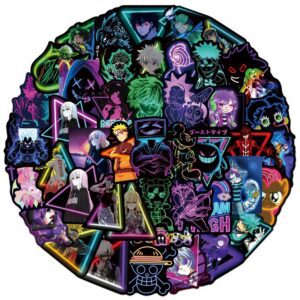Intro to Company of Heroes 3
In Company of Heroes 3, Relic takes us on a new journey to the vineyards of Italy and the scorching deserts of North Africa, steering clear of the Normandy landings or the Battle of Stalingrad. With an ambitious desire for experimentation, the game is not only a fresh take on the World War 2 theme but also a beast of a game that’s sure to impress. It boasts two campaigns and four factions, fitting proportions for the massive conflict it depicts.

The main course is the dynamic Italian campaign, which promises a World War 2 Total War-like experience, taking players from Sicily to Rome as they battle against the Nazis in random skirmishes and bespoke missions. With a massive turn-based campaign that leads to a slew of spectacular and tactically interesting RTS battles, it should be the most exciting thing Relic has ever done. However, there’s one crucial ingredient missing – it isn’t dynamic.
Even on the highest difficulty settings, the lack of challenge and dynamic AI proves to be a bit of a dud.
Unfortunately, the absence of dynamism means that despite being right up there with the very best RTS games, Company of Heroes 3’s experimental campaign falls short of expectations. Over nearly 40 hours of gameplay, hardly any resistance is encountered while marching to Rome. The Nazis seem resigned to let you keep everything you’ve claimed, with aggression being a foreign concept. Even on the highest difficulty settings, the lack of challenge and dynamic AI proves to be a bit of a dud.
Gameplay
The enemy companies in Company of Heroes 3 are not entirely passive. If they encounter your company, they might try to attack you after your turn is finished. However, they never go beyond defending their territory, rendering the Italian campaign largely pointless. The campaign becomes a perfunctory saunter, where you’ll be instructed to defend towns and build emplacements that are a waste of companies and resources when the enemy never ventures south.
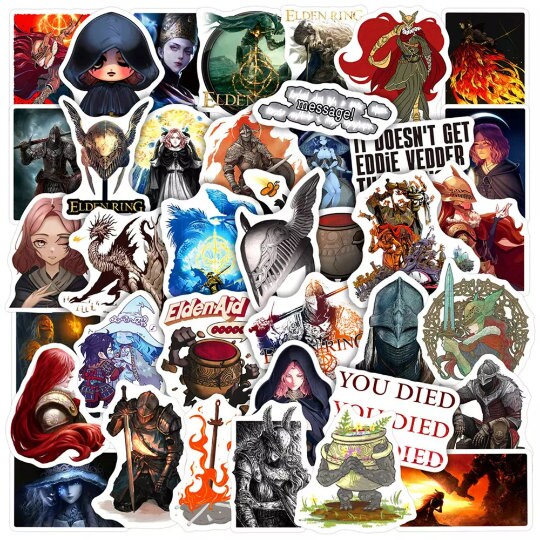
If you love video games, make sure you check out our custom video game sticker packs!
Despite this fundamental flaw, good ideas do bubble to the surface, even in this seemingly unfinished state. Each company you requisition is a powerful toolkit containing a distinct selection of units and a range of abilities that help on the campaign map. For example, the Indian Artillery Company can bombard enemy positions, remove emplacements, blow up bridges, and weaken enemy companies. So, there are plenty of targets to destroy, but also many opportunities to build.

Capturing airfields and ports provide yet more things to spend your resources on. An airfield allows you to send reconnaissance planes to remove the fog of war or bombers to prepare targets for a ground assault. Capturing ports increases your population cap and gives you more ships, which can strike at enemy targets from the sea. Together, these provide a ton of options for approaching every assault.
The way Company of Heroes 3 makes its twin layers approachable and logical is elegant.
The way Company of Heroes 3 makes its twin layers approachable and logical is elegant. Each layer reflects the other, with ships and planes that can rain down destruction on the campaign map also appearing as abilities in the RTS battles. The rules and tricks, and pretty much everything you can do in one layer, don’t need to be cast aside when you enter the other, maintaining this cohesive feel that even the king of this hybrid genre, Total War, hasn’t perfected.
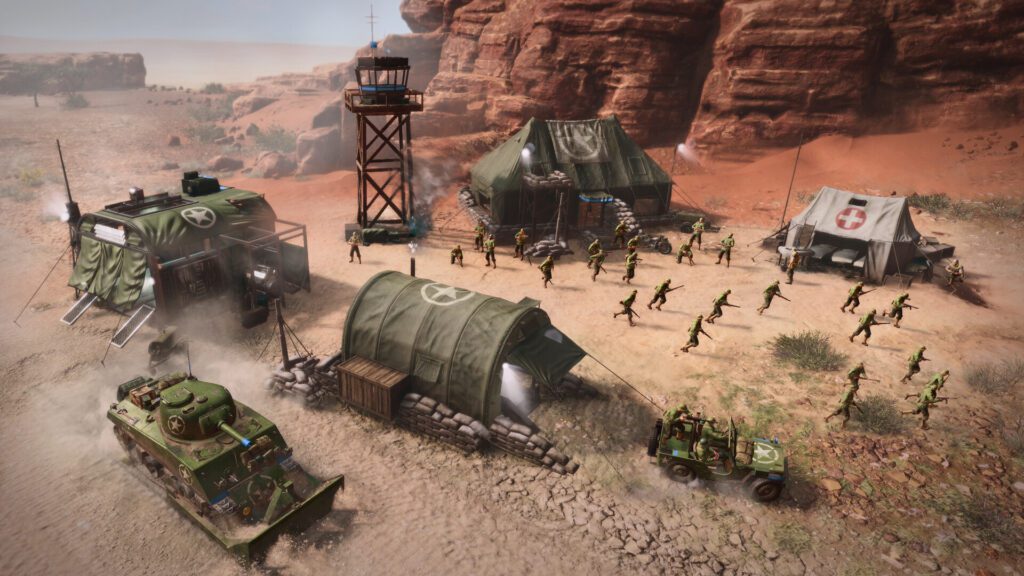
Performance-wise, Company of Heroes 3 is buttery smooth, except for a couple of missions where the frame rate temporarily dropped. The campaign progression systems, on the other hand, are a bit of a tangled mess. Companies gain experience from battle, whether it’s a proper RTS fight, an auto-resolved scrap, or just blowing up a bunker on the map. From that experience, you get a hefty supply of skill points that must be spent across three distinct systems: Abilities, Upgrades, and Units. There’s too much to prioritize comfortably, especially when juggling lots of different companies, and they just don’t fit together very well—even visually. The UI for each is completely different, as is the order in which you unlock things, making it feel like dabbling in something still in the concept phase.
Campaigns and Maps
Adding subcommanders in Company of Heroes 3 only adds to the campaign’s progression systems’ messiness, introducing another layer of bonuses and unlockables based on loyalty rather than experience. Despite the interesting idea of developing relationships with the British, US, and Italian commanders, filling up their loyalty bars, and unlocking bonuses, it feels superfluous in practice. There’s a serious lack of friction, and it’s easy to make all three commanders your BFFs, rendering the whole system somewhat pointless.
While each campaign has its own shortcomings, the game’s incredibly diverse and exciting fights more than make up for them.
However, the game’s incredible fights more than make up for the campaign’s shortcomings. The RTS layer is where real dynamism lies, with fights that provide so many highs, thrills, and explosions that it’s both appalling and exciting. Maps turn into hellish, crater-filled nightmares, buildings crumble, tank husks smolder, and men run around on fire. Even cover is fleeting, reflecting the decisions you make as you strategically take out anywhere Nazis might be hiding.
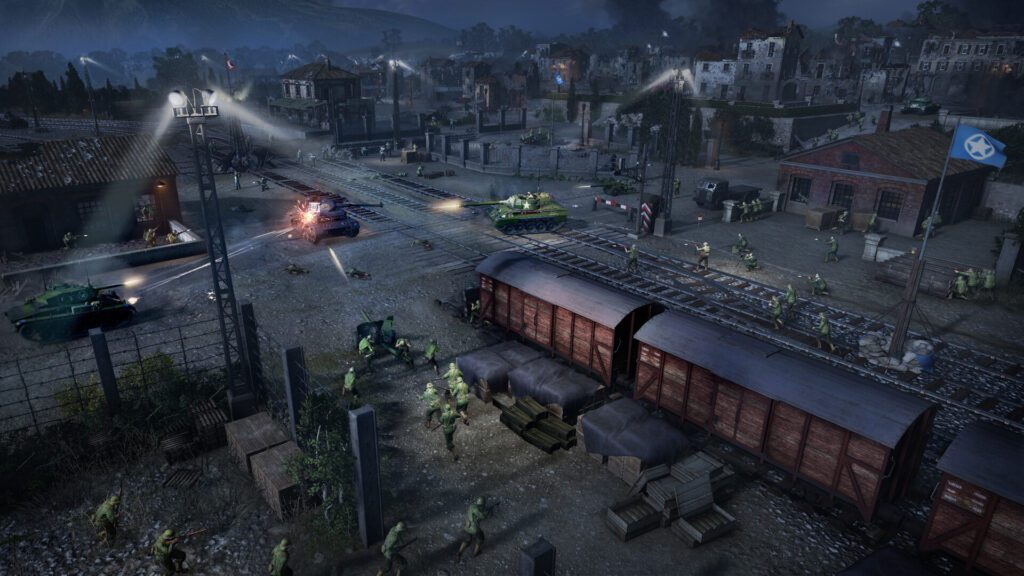
Italy has some of the most memorable fighting spots, from narrow roads surrounded by tall buildings hiding snipers and machine gun teams to winding countryside paths where anti-tank guns hide behind every corner. Even the memories of these encounters are enough to get your heart thudding like an artillery strike. The main missions are pure magic, with even the overly ambitious final assault on the Winter Line providing a big bloody mess of ambition, spectacle, and chaos.
In Company of Heroes 3, the Italian campaign might not be the slam dunk players were hoping for, but the game’s incredible fights more than make up for its shortcomings. With a lack of dynamism in the campaign, the game truly shines in the RTS layer, where each fight is filled with explosions, chaos, and excitement. The maps reflect your strategic decisions, and the fights provide so many highs and thrills that they’re sure to keep players engaged.
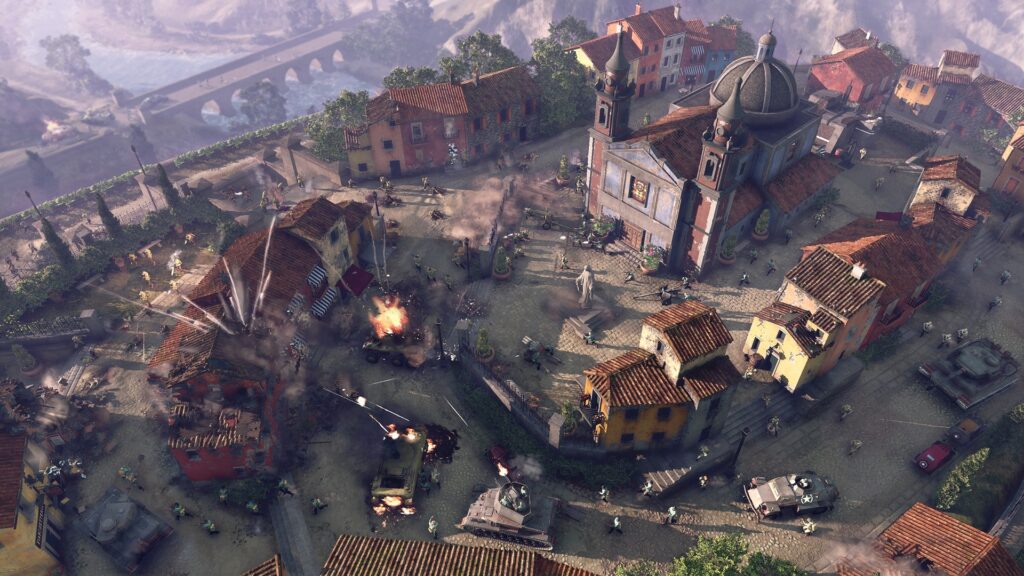
The random skirmishes between Company of Heroes 3’s big missions remain exciting thanks to each type of company having a different playstyle and unique toys. The Indian Artillery Company is a particular favorite, with its off-map artillery strikes, mortar teams, and Gurkha unit that can toss a barrage of grenades. Each company has its own hook and is incredibly versatile, making them all more than capable of taking on any challenge.
While lacking in impactful storytelling, the North African campaign offers a pleasantly diverse range of missions that run the gamut from huge, multi-phase epic confrontations to smaller, focused scenarios. The North African maps are a big change of pace from their Italian counterparts, with wide, open spaces that emphasize the DAK’s focus on tanks. Tank riding and side armor add new features to the game, making tank battles more versatile but also requiring more micromanagement and adding tension to fights.
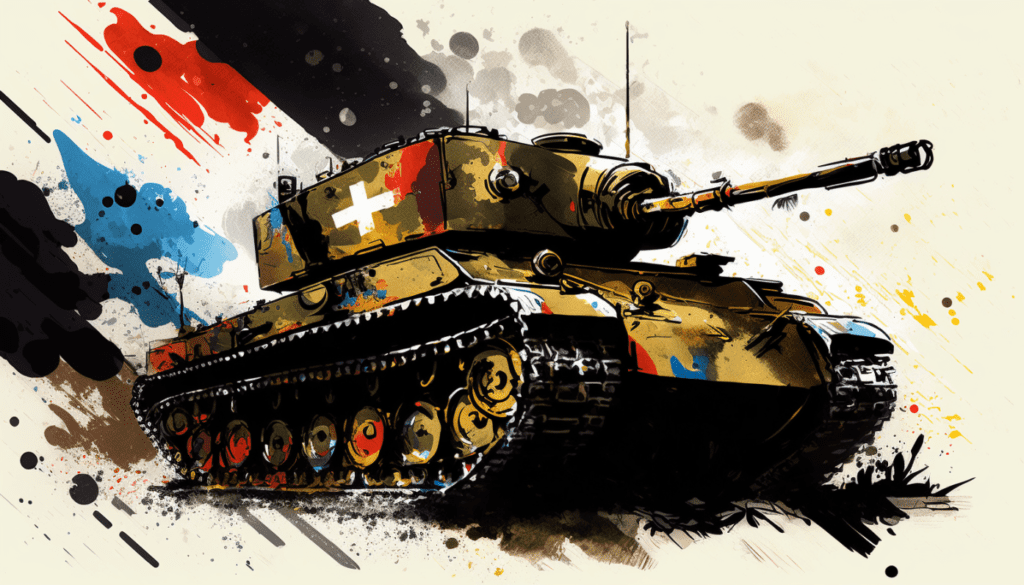
While each campaign has its own shortcomings, the game’s incredibly diverse and exciting fights more than make up for them. With each type of company offering a different playstyle and unique toys to play with, and the tactical pause system making it easier to coordinate elaborate attacks, players are sure to stay engaged throughout the game’s lengthy campaign.
Wrapping Up
In Company of Heroes 3, Relic has taken us on a journey to the vineyards of Italy and the desert of North Africa, departing from the well-trodden paths of Normandy landings and the Battle of Stalingrad. The game has grown in ambition and experimentation, featuring two campaigns and four factions, making it a beast of a game fitting for a massive conflict like World War II.

The Italian campaign promises something akin to a World War II Total War, but unfortunately, it falls short due to the absence of a crucial ingredient: dynamism. The enemy AI is too conservative and never ventures south, rendering the campaign largely pointless. Despite this, the game spits out incredible fight after incredible fight, with so many highs, thrills, and explosions that keep players on the edge of their seats.
Each type of company has its unique playstyle and toys, making the game exciting even 40 hours in. The tactical pause system makes getting to grips with each company, and the units within them a lot easier, giving players the space to set up and coordinate more elaborate attacks, creating a chain of orders.
The North African campaign is a linear series of eight missions that sees players commanding the Deutsches Afrikakorps (DAK), with missions that are a pleasantly diverse bunch, running the gamut from huge, multi-phase epic confrontations with offensive and defensive portions to smaller, focused scenarios where players are setting up traps for convoys or hunting down tank commanders. The desert environment allows tanks to rip, emphasizing some of Company of Heroes 3’s new features, like tank riding and side armor.

While the campaign storytelling lacks impact, the multiplayer and skirmish modes extend the game’s playability even further, letting players fight other players or go on a comp stomp as one of the four factions. The game’s strategy is truly revealed in multiplayer, with 14 maps already in play and mod support expected to add more after launch.
Summary
Company of Heroes 3 is a flawed experiment that has nonetheless provided real-time brawls that players simply cannot get enough of. The Italian campaign may be a failure, but the fantastic battles make the game worth playing. The game is a hard one to render a verdict on, but if players are willing to accept that the campaign is just a vehicle for fantastic battles, they might love it too.












